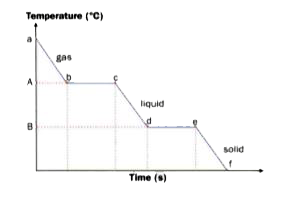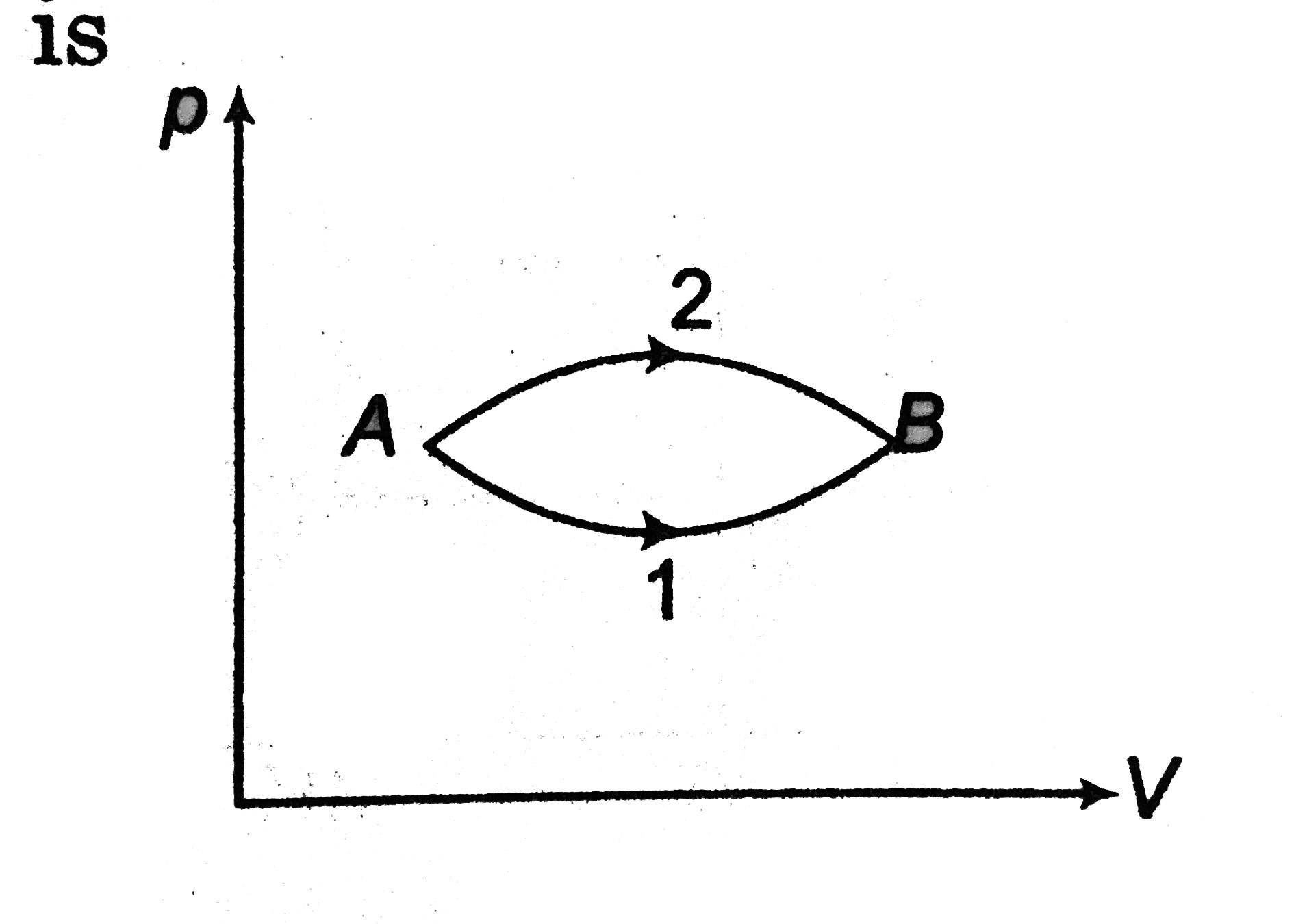Figure A shows the change of states of matter. In it, add the following words: deposition, condensation, melting, sublimation, freezing, and evaporation.

Step by step video & image solution for Figure A shows the change of states of matter. In it, add the following words: deposition, condensation, melting, sublimation, freezing, and evaporation. by Physics experts to help you in doubts & scoring excellent marks in Class 8 exams.
Updated on:21/07/2023Similar Questions
Write the sequence of change in state of matter when
ice melts
View SolutionState which of the following terms connected with change of state of matter i.e. -
a] Melting b] Vaporisation c] Condensation d] Freezing - pertain to -
(i] Conversion of a liquid into a vapour or gas
[ii] Conversion of a liquid into a solid.
[iii] Conversion of a solid into a liquid on heating.
View SolutionPhase transitions are ubiquitous in nature. We are all familiar with the different phase of water (vapour, liquid and ice) and with the change from one to another, the change of phase are called phase transitions. There are six ways a substance can change between these three phase, melting, freezing, evaporating, condensing sublimation and decomposition.
At 1atm pressure vaporisation of 1 mole of water from liquid (75∘C) to vapour (120∘C).
Cv(H2O,l)=75Jmole−1K−1,Cp(H2O,g)=33.3Jmole−1K_1
ΔHvap at 100∘C=40.7KJ/mole
Calculate change in internal energy when
Water vapour at 100∘C to 120∘C ?
View SolutionPhase transitions are ubiquitous in nature. We are all familiar with the different phase of water (vapour, liquid and ice) and with the change from one to another, the change of phase are called phase transitions. There are six ways a substance can change between these three phase, melting, freezing, evaporating, condensing sublimation and decomposition.
At 1atm pressure vaporisation of 1 mole of water from liquid (75∘C) to vapour (120∘C).
Cv(H2O,l)=75Jmole−1K−1,Cp(H2O,g)=33.3Jmole−1K_1
ΔHvap at 100∘C=40.7KJ/mole
Calculate change in internal energy when
Water liquid at 100∘C to vapour at 100∘C ?
View SolutionPhase transitions are ubiquitous in nature. We are all familiar with the different phase of water (vapour, liquid and ice) and with the change from one to another, the change of phase are called phase transitions. There are six ways a substance can change between these three phase, melting, freezing, evaporating, condensing sublimation and decomposition.
At 1atm pressure vaporisation of 1 mole of water from liquid (75∘C) to vapour (120∘C).
Cv(H2O,l)=75Jmole−1K−1,Cp(H2O,g)=33.3Jmole−1K_1
ΔHvap at 100∘C=40.7KJ/mole
Calculate change in internal energy when
Water liquid at 75∘C to 100∘C ?
View SolutionWhat is inter-conversion of matter. Give the meaning of the terms involved in inter-conversion of matter -
a] Melting
b] Vaporisation
c) Liquefaction or condensation
d] Solidification or freezing
e] Sublimation
View SolutionLook at the change of state diagram from gas to solid given here carefully, and answer the following questions.
a. During freezing, certain amount of heat is given out without any change in temperature. Which part of the graph shows this change?
b. During condensation, certain amount of heat is given out without any change in temperature. Which part of the graph shows this change?
c. Which point on the graph corresponds to
İ. condensation point? ii. freezing point?
d. What do ab and cd on the graph represent?

View SolutionThe figure shows two paths for the change of state of a gas from A to B. The ratio of molar heat capacities in path 1 and path 2 is

View SolutionThe figure shows two paths for the change of state of a gas from A to B. The ratio of molar heat capacities in path 1 and path 2 is

View SolutionState whether the following are physical or chemical changes.
Melting of wax
View Solution
